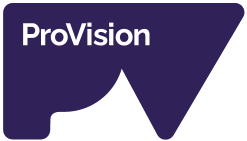Back To School Competition
Looking for something fun for young ones over the holidays? Children can enter our Drawing Competition for the chance to win one of ten Stuck on You Mini Bento Boxes.
Draw To Win!
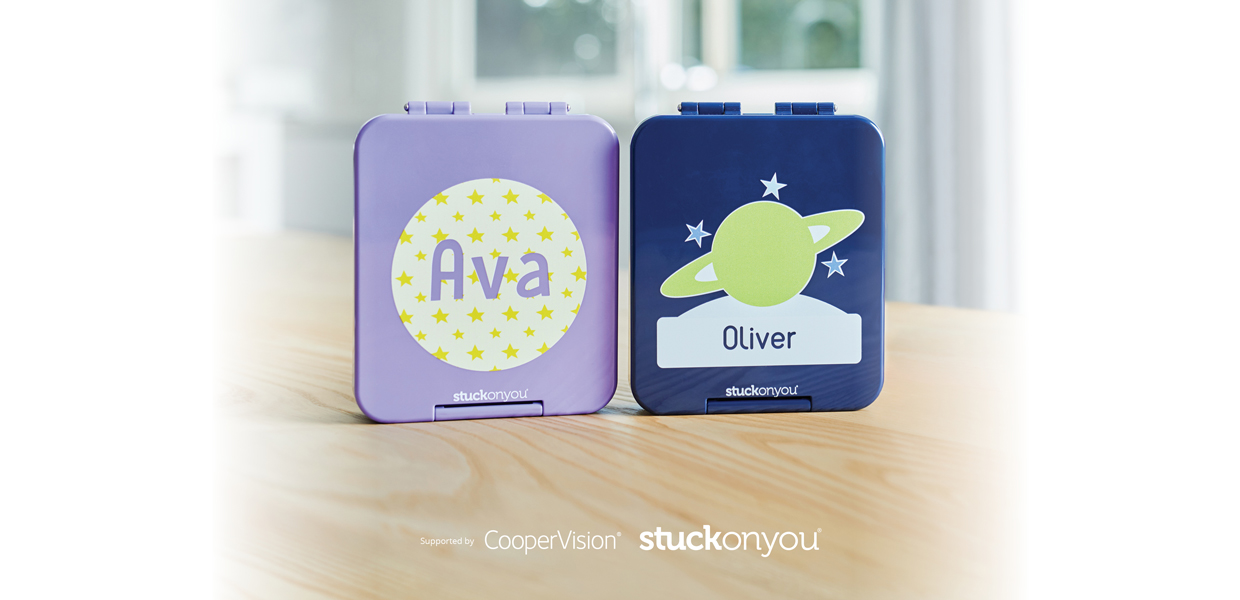
Open to anyone under 13, entrants are simply asked to draw the best thing they’ve seen over the holidays!

Enter Now!
What is myopia?
Myopia, commonly referred to as ‘near-sightedness’ or ‘short-sightedness’, is a common eye focussing condition which causes blurred distance vision. Short-sighted people can often see reasonably clearly at short distances but will not be able to see distant objects clearly.
Myopia has become so common that by 2020, it is estimated that 2 billion people worldwide will have myopia, and by 2050, almost 50% of the world will be myopic. [1] That is five billion people.
Reducing the prevalence and impact of myopia is critical as myopia is associated with many eye health risks later in life, such as retinal detachments, glaucoma, and cataracts.
There are many causes of myopia. Genetics plays an important role but the environment in which the child evolves is believed to also be a critical factor. What has changed in our environment to explain the recent myopia epidemic is the impact of technology, resulting in less time outdoors in younger years, affecting normal eye development.
Links to more info -
What can you do?
- Monitor eyesight and eye-health with regular eye exams by a qualified optometrist.
- Spend more time outdoors in a child’s early years. A recent study showed children who spent an additional 40 minutes outdoors each day were at less risk to develop myopia.
- Act early and speak to an optometrist as soon as symptoms emerge.
- The likelihood of developing myopia increases when one or both parents are myopic. To slow the progression of myopia and reduce long term eye health issues, myopia needs to be managed as early as possible.
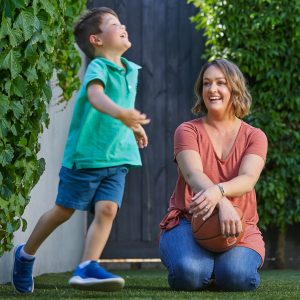
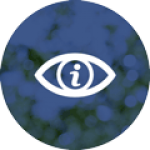
Kid's Eyecare
Eyesight is the most important of our senses and provides 80% of the information used for learning and education, as well as coordinating our movement in and around our surrounding environment. Children require good eyesight and good eye coordination so they can reach all their developmental and educational milestones. Eye defects often make it difficult for children to achieve their full potential.
When should you have your child’s eyes examined?
Eye examinations can be performed on children at any age, from babies and infants up to adolescents and older teenagers. The type of examination performed depends on the signs and symptoms that the child is experiencing and is tailored to the age group of the child and the level of their development.
In babies and infants, the optometrist looks for issues such as blocked tear ducts that haven’t opened properly, congenital cataracts and childhood tumours that can form inside the eye ball, as well as crossed eyes and droopy eyelids that can cause the development of amblyopia (lazy eye).
Before starting school, children are usually able to match shapes on the letter chart so that optometrists can assess their level of eye sight (visual acuity) to detect if one or both of the eyes have reduced vision. An assessment is also made of the child’s refractive error (long sighted, short sighted, astigmatism). It is an excellent time to have the child examined as a lot of reliable data can be collected, and treatments commenced well before the child has to start school.
Between the age of five to seven years old, a examination can involve checks for higher level visual functions such as depth perception, binocular vision eye coordination, and speed and accuracy of changes in focus.
Older children need to be regularly checked for the development of myopia (short sight) and keratoconus (irregular cornea) which can greatly impact the ability to see clearly into the distance. Children with special needs such as premature babies and those with Down Syndrome often have poorer vision than the general population and need to start eye examinations at a younger age and have exams more frequently than other children.
Consider a comprehensive eye examination. By getting a checkup you can find a problem if one exists because kids will often not complain about things that they feel is normal. This is because they don’t know any different.
What will a comprehensive eye examination involve? How is it different to a vision screening?
General practitioners, child care nurses and paediatricians do not perform eye examinations but sometimes conduct a “vision screening” which is a basic test looking for a difference in vision between the two eyes. Unfortunately vision screenings fail to detect a large number of eye problems that are readily detected in a comprehensive eye examination performed by the optometrist, and screenings do not check for any eye health issues. The ideal time to have a child examined is before starting school and regularly thereafter to ensure that their visual development is proceeding normally. Depending on the child’s age group and level of development, the eye examination consists of a large number of tests that assess various aspects of vision and visual acuity, eye coordination and binocular vision, and ocular health. Some of the tests performed are distance and near visual acuity in each eye, subjective and objective measurement of the refraction (prescription) of the eye, stereopsis (3D vision), colour vision, eye coordination, accuracy of focus and ability to shift focus to different positions, and internal and external eye health. A comprehensive eye exam typically takes 30 to 45 minutes to perform.
Often a comprehensive eye examination will result in advice, not necessarily a new pair of glasses. A key component of an examination is around asking questions about habits and hobbies to get an understanding of how a child is using their eyes. An examination can often be a key opportunity to highlight behaviours that could affect the quality of vision and how to adapt these behaviours accordingly.
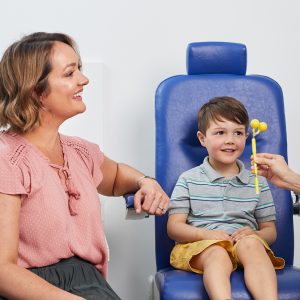

Find your participating optometrist
To go in the draw to win one of 10 Mini Bento Boxes from Stuck on You, bring your drawing back to your local participating optometry practice by Saturday, 29 February 2020.

Bendigo Wills Street Eyecare
Bentleigh Family Eyecare
Brighton Bayside Eyecare
Brighton Eyes On Brighton
Burwood East My Optometrist
Canterbury Canterbury Eyecare
Carnegie Duldig Russo Optometry
Carrum Downs Vision One Eyecare
Casterton Glenn Howell Optometrist
Clayton ProVision Optometry Clayton
Coburg North InFocus Optical
Collingwood I Care Collingwood
Cranbourne Cranbourne VisionCare
Dandenong Russo & Associates Optometry
Diamond Creek Diamond Valley Optical
Docklands Eyes On Docklands
Drouin L&F Eyecare
East Melbourne Richard Lindsay & Associates
Echuca Horsfalls Optometrists
Eltham Eltham Eyecare
Epping De Santis Vision Consultants
Forest Hill My Optometrist
Greensborough Leverett & Kindler Optometrists
Hamilton Glenn Howell Optometrists
Heidelberg Warringal Optometrists
Keilor Wicks Eyecare
Kerang Kerang Optical
Kew High On Vision
Kyabram Horsfalls Optometrists
Lang Lang Lang Lang Eyecare
Langwarrin Vision One Eyecare
Lilydale I-Care Optometrists
Maffra Maffra Vision Care
Melbourne Eyes On Queen St
Melbourne Optom on Collins
Mildura Eyecare Sunraisia
Mill Park Vision@ Millpark
Moe L&F Eyecare
Mornington Vision One Eyecare
Mornington 20/20 Sight’N’Style
Mt. Waverley Waverley Visioncare
Narre Warren South Casey Optometrist
Ocean Grove Ocean Eyes Optometrists
Point Cook Sanctuary Lakes Eyecare
Reservoir Vision @ Broadway
Rosanna Collin & Kirk Optometrists
Swan Hill Swan Hill Optical
Wallan Acuity Eyecare Wallan
Warragul L&F Eyecare
Warnambool Somer Toprak
Watsonia Watsonia Optical
Werribee Insight Vision Care
West Footscray My Optometrist
Wodonga Michael Smith Optometry
Wodonga Wondonga Eyecare
West Footscray My Optometrist
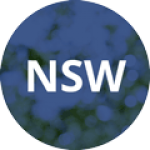
Avalon Beach Beckenham Optometrist
Bankstown Eyestore Bankstown
Bathhurst Angela Morris Optometrist
Bowral Hannaford Eyewear
Byron Bay Byron Bay Eyecare
Clovelly Clovelly Optical
Drummoyne Drummoyne Optometry
Dubbo Burgun & Williams
Fairfield John Musumeci Optometrist
Gunnedah Tim Duffy Optometrist
Homebush Homebush Optometrist
Jannali Southern Optical
Kempsey Mason’s Eyecare
Kiama Eyestore Kiama
Kingswood Andrew Mizzi Optometrist
Manly Eye Four Eye Manly
Miranda 6D Vision
Mortdale Mortdale Eyecare
Moss Vale Moss Vale Optical
Mount Annan Mt Annan Eyecare
Newcastle Special Eyes by Susan Walton
Northmead Plaza John Granata Optometrists
North Strathfield Concord Eye Care
Parramatta Optometrist Parramatta
Singleton Kevin O’Brien Optometrist
Springwood Bigland & Cowley Optometrists
Strathfield Strathfield Eyecare
Tamworth Paul Harvey Optometry
The Junction For Beautiful Eyes
Tweed Heads South Envision Optical Tweed Heads
Wagga Wagga Zacharia Naumann Optometry
Warrawong Precise Vision
Wentworthville PG Optometrists
West Wyalong Mia Optical
West Wyalong Lord & Wells Optometrists
Windsor Windsor Optometry
Young Young Eyes

Atherton Bryan Stevens Optometrist
Bargara Clear Optometry
Buderim Eyes On Buderim
Bundaberg Outlook Optical
Burleigh Waters Envision Optical Burleigh Waters
Burpengary 20/20 Eyewear
Caloundra Caloundra Vision Optometrists
Camp Hill The Eyewear Shop
Cooroy Optometry Cooroy
Highfields Wise Eyes Optometrists
Kippa-Ring Penninsula Eyecare
Logan Central Stuart Macfarlane Optometrist
Maleny Maleny Optical
Manly West Eyefix Optometrists
Manunda Total Optical Pty Ltd
Margate Dwyer Ross Optometrists
Maroochydore Davey Associates Optometrists
Maryborough Haman Optical
Milton Milton Eyewear
Nambour Hammond Optometry
Narangba Eyes@Narangba
Nerang Rosser Optometry
Noosa Heads Noosa Optical
North Tamborine Tamborine Mountain Optometrists
Sherwood Focus Optometrists
Sippy Downs Optikus Optometrists
Springfield Central About Specs Optometrists
Toowoomba Somerville Merrin Neilson Optometrists
Toowoomba Darling Downs Optometrists
Toowoomba Neilson Eyecare
Varsity Lakes Varsity Optometry
Wynnum Clacher & Hook Optometrists
Wynnum West Bridge Eyecare

Port Augusta Gulf and Ranges Optometrists
Port Lincoln Eyre Eye Centre
Renmark Riverland Optical
Victor Harbour See Optometry
Victor Harbour Victor Eye Centre
Whyalla Eyre Eye Centre
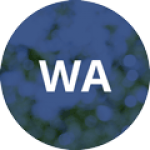
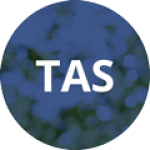
References:
1 CooperVision Australia and New Zealand: Child Myopia in Australia and New Zealand – Consumer Perceptions Surveys. Conducted by YouGovGalaxy August/September 2018, between Wednesday 29 August and Monday 3 September 2018. The sample comprised 1,003 Australian parents and 500 New Zealand parents of children at home aged 0-18 years.
2 Holden B; Fricke T; Wilson D; Jong M; Naidoo K; Sankaridurg P; Wong T; Naduvilath T; Resnikoff S. Global prevalence of myopia and high myopia and temporal trends from 2000 through 2050. American Academy of Ophthalmology 2016
3 Sankaridurg PR, Holden BA. Practical applications to modify and control the development of ametropia. Eye 2014; 28:134-141
